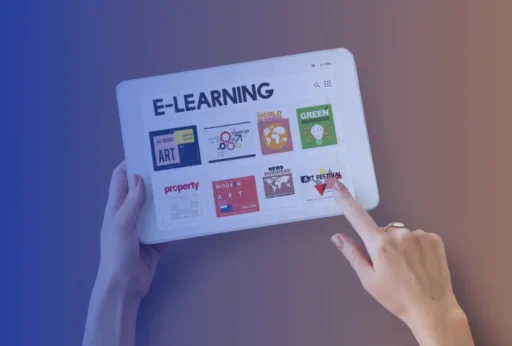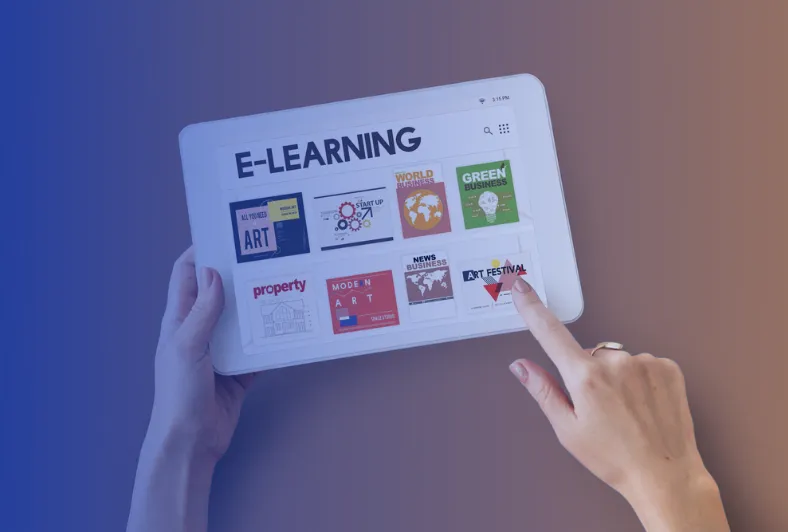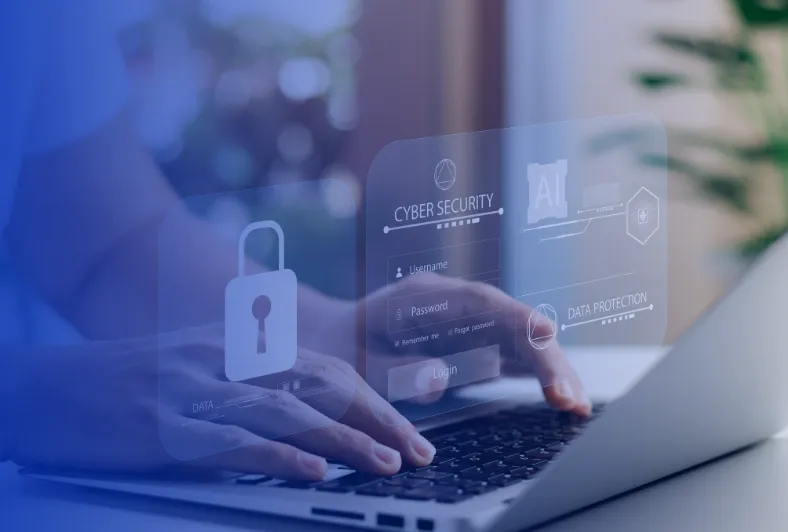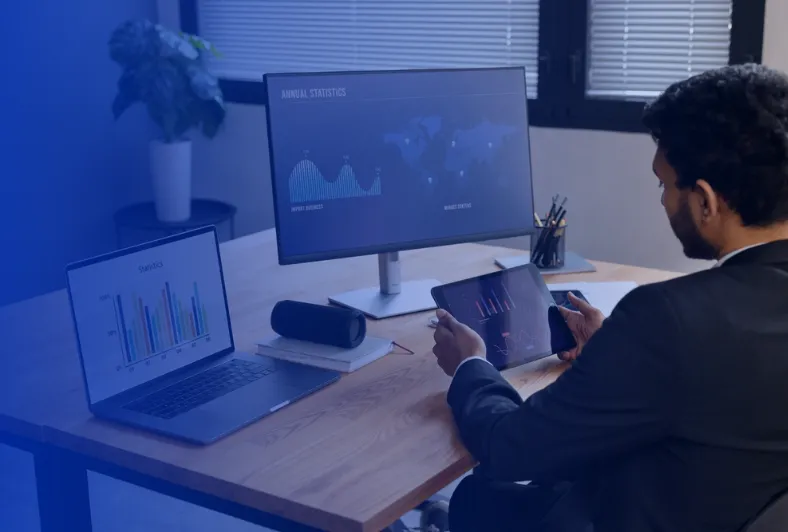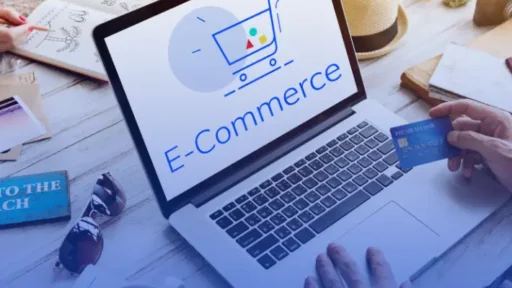EdTech tools are growing fast, helping schools track students’ progress, offer personalized learning, and make administrative tasks easier. However, as these tools collect more student data to improve education, it’s important to make sure the data is protected and used properly. This is where the Digital Personal Data Protection Act (DPDPA) comes in.
One of the important parts of this law for EdTech companies is Section 15. This section explains how personal data can be used for analysis and research. It tells companies how to handle student data carefully and securely while making sure it’s used for good purposes.
What is Section 15 of DPDPA?
Section 15 of the DPDPA explains when and how personal data can be used for research and analysis. It makes sure that the data benefits society but also protects individuals’ privacy. This section says that EdTech companies need to be clear about how they collect, store, and use student data.
For EdTech companies, Section 15 is very important. It helps ensure that student data is only used for its intended purpose and isn’t misused or shared without permission. The law also asks companies to anonymize the data, which means removing any information that can identify students. This keeps students’ identities safe while still using the data to improve education.
How EdTech Companies Can Use Section 15 for Student Data
- Clear Purpose for Using Data:According to DPDPA, EdTech companies can only use student data for specific, important reasons. They need to clearly explain why they are collecting this data. Whether it’s to improve learning experiences or track academic progress, the purpose of using the data must be clearly stated and shared with students.
- Anonymizing Data: EdTech companies should remove any personally identifiable information (PII) from the data when possible. This makes it harder to link data to a specific student and helps protect their privacy. Anonymization is a great way to reduce the risk of privacy issues while still using the data to improve education.
- Getting Permission from Students or Guardians: EdTech companies need to get clear permission from students or their guardians before using personal data for research or analysis. This means explaining how the data will be used and allowing students to agree to it. This builds trust and makes sure everyone knows how their data is being handled.
- Protecting Data and Storing It Safely: Section 15 requires that data is protected with strong security measures. EdTech platforms should use encryption, store data on secure servers, and have access controls to prevent unauthorized access. They should also only keep the data as long as it’s needed for the purpose they’ve explained, and delete or anonymize it once it’s no longer needed.
- Regular Checks and Compliance: EdTech companies should check their data practices regularly to make sure they are following the DPDPA guidelines. However, this includes reviewing consent records, checking that they are only using the data they need, and making sure their security systems are up to date.
Benefits of Using Student Data Responsibly in EdTech
Using student data responsibly not only helps EdTech companies follow the law, but also provides many benefits:
- Better Learning Results
By analyzing student data, EdTech platforms can give students personalized learning experiences. Teachers can track how students are doing, identify areas where they need help, and change their teaching methods to improve learning. - Research and New Ideas
Analyzing data can also help with research into better ways of teaching and new tools to help students learn. When done correctly and with respect for privacy, this research can bring about new ideas that can improve the education system. - Building Trust and Credibility
When students and parents know their data is being handled safely and with care, it builds trust. This trust encourages more people to use the platform, which helps EdTech companies grow and succeed in the long run.
Key Takeaways
- Section 15 of DPDPA explains how EdTech companies can use student data for research and analysis.
- Anonymizing data and getting explicit consent are essential to protect privacy and comply with the law.
- EdTech companies need to make sure that student data is stored securely and used only for its intended purpose.
- Following these guidelines can help EdTech companies improve learning and contribute to meaningful research.
How Concur – Consent Manager Can Be a Good Fit
For EdTech companies aiming to follow Section 15 of the DPDPA, Concur Consent Manager is a great tool. It helps businesses make sure they are getting clear permission before collecting and using student data. Concur makes it easy for organizations to track consent, keep data safe, and stay transparent about how the data is being used. With Concur, EdTech companies can manage consent from students or their guardians, making it simpler to comply with privacy rules, reduce privacy risks, and build trust with users. This makes Concur Consent Manager a perfect choice for EdTech platforms that want to handle student data responsibly and follow privacy laws.


